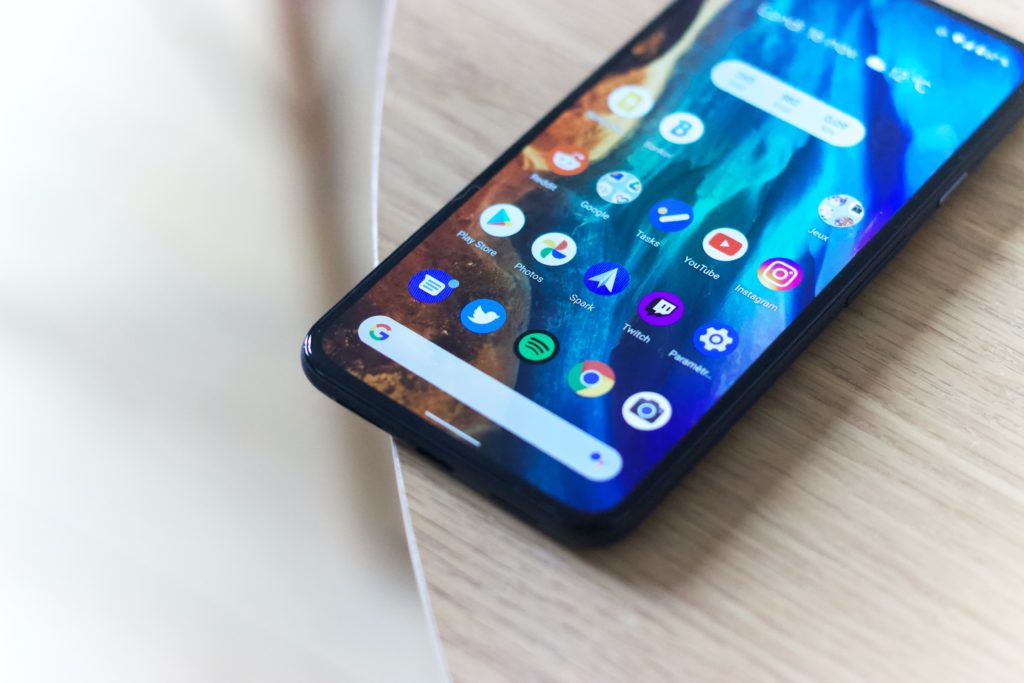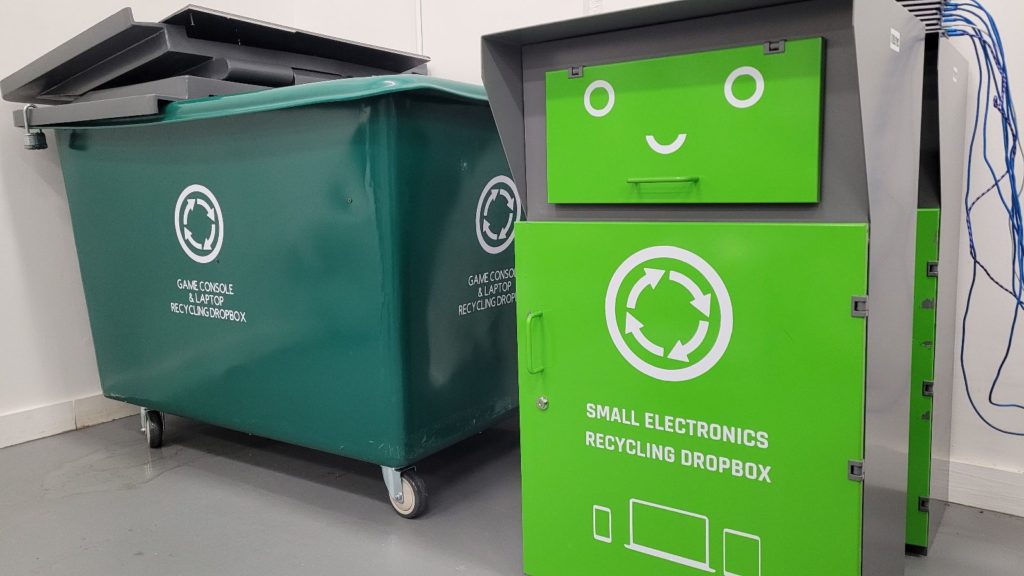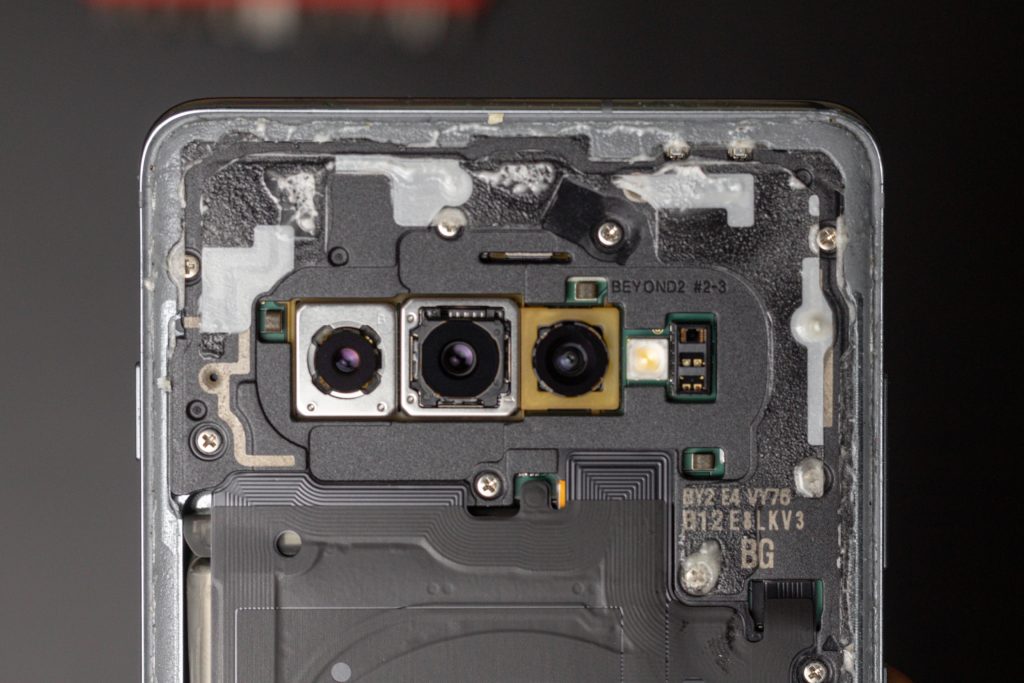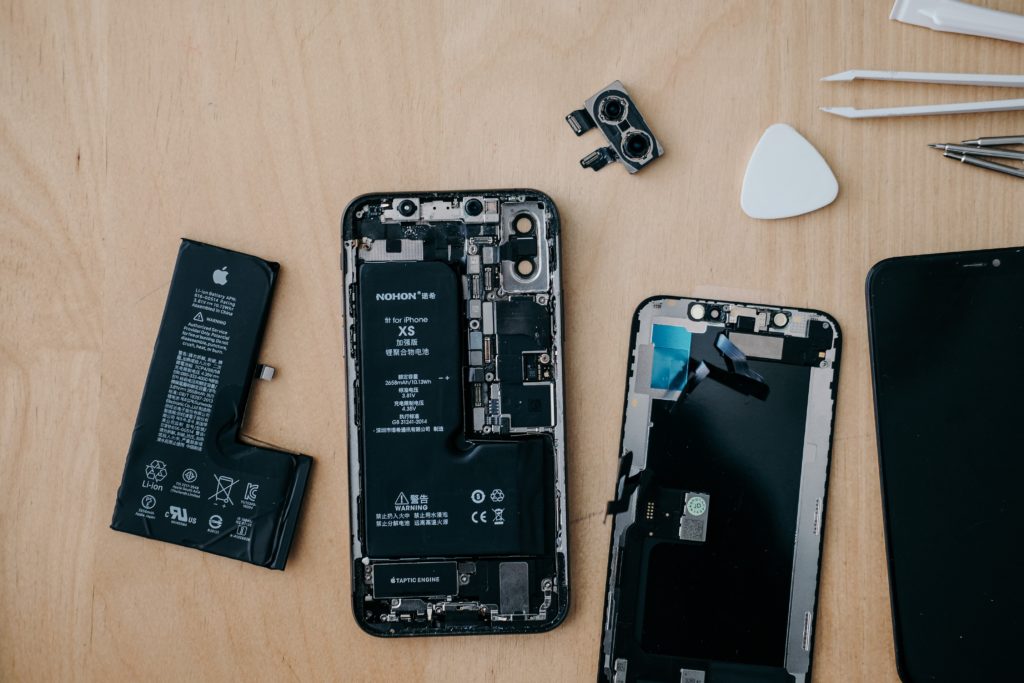In today’s world, smartphones have become an integral part of our lives. However, accidents happen (see Common Smartphone Issues and How to Avoid Them), and our beloved devices can occasionally end up damaged. When faced with a broken screen, faulty battery, or any other issue, the repairability of a smartphone becomes a crucial factor. In this blog post, we will compare the repairability of iPhones and Android devices, highlighting the pros and cons of repairing each platform. Whether you’re an Apple enthusiast or an Android aficionado, understanding the repair options can help you make an informed decision.
Repairability of iPhones:
Apple’s iPhones have gained a reputation for their sleek design and user-friendly interface. However, when it comes to repairability, certain iPhone repairs are known to be more challenging compared to their Android counterparts. Here are the pros and cons of repairing an iPhone:

Pros:
- Apple Independent Repair Program (IRP): Apple has an extensive network of authorized service providers, ensuring that you can find reliable repair services in most areas. These providers use genuine Apple parts and are trained to handle iPhone repairs. iFixYouri is a member of this and can therefore provide some OEM Apple parts.
- Software Integration: Apple’s tight control over both hardware and software ensures better integration, allowing for efficient diagnosis and repair by authorized technicians.
Cons:
- Proprietary Components: Apple utilizes proprietary components, making it harder to find third-party replacements. This often leads to higher repair costs compared to Android devices.
- Complex Internal Design: iPhones are known for their intricate internal design, with components tightly packed together. This can make repairs time-consuming and challenging, requiring specialized tools and expertise.
Repairability of Android devices:
Android devices encompass a vast array of brands and models, offering diverse options to consumers. The repairability of Android devices varies depending on the manufacturer and model. Let’s examine the pros and cons:

Pros:
- Component Availability: Android devices often use widely available components, making it easier to find third-party replacements. This can lead to more affordable repair options compared to iPhones. This doesn’t mean they are cheaper, however. Samsung screens can often be very expensive parts.
- Modularity: Some Android devices offer modular designs, allowing for the replacement of individual components rather than the entire device. This promotes cost-effective repairs and reduces electronic waste.
Cons:
- Fragmentation: Due to the diverse nature of the Android ecosystem, the availability of authorized service providers and genuine parts can vary significantly. This can make it challenging to find reliable repair options, especially for lesser-known brands or older models.
- Software Compatibility: Android devices run on different versions of the operating system, leading to potential software compatibility issues during repairs. This may require skilled technicians familiar with various Android configurations.
Recommendations based on preferences and needs:
- iPhone for Seamless Support: If you value a seamless support experience and are willing to pay a premium for authorized repairs, an iPhone might be the better choice. Apple’s extensive service network ensures consistent quality and access to genuine parts.
- Android for Affordability and Customizability: If cost-effectiveness and customization options are important to you, an Android device might be the way to go. Look for popular brands with good aftermarket support or consider devices with modular designs for easier repairs.
- Third-Party Repair Options: Regardless of the platform, consider seeking out reputable third-party repair services like iFixYouri that specialize in your device. Read reviews, inquire about warranties, and ensure they use high-quality components.
When it comes to the repairability of smartphones, iPhones and Android devices present distinct advantages and challenges. iPhones offer seamless support through authorized service providers but can be more expensive to repair due to proprietary components and complex internal design.
On the other hand, Android devices provide more affordable repair options and modularity in certain cases, but the availability of authorized services and genuine parts can vary.
Ultimately, the choice between iPhone and Android should be based on individual preferences and needs. Consider the pros and cons outlined in this article to make an informed decision that suits your requirements and budget.








